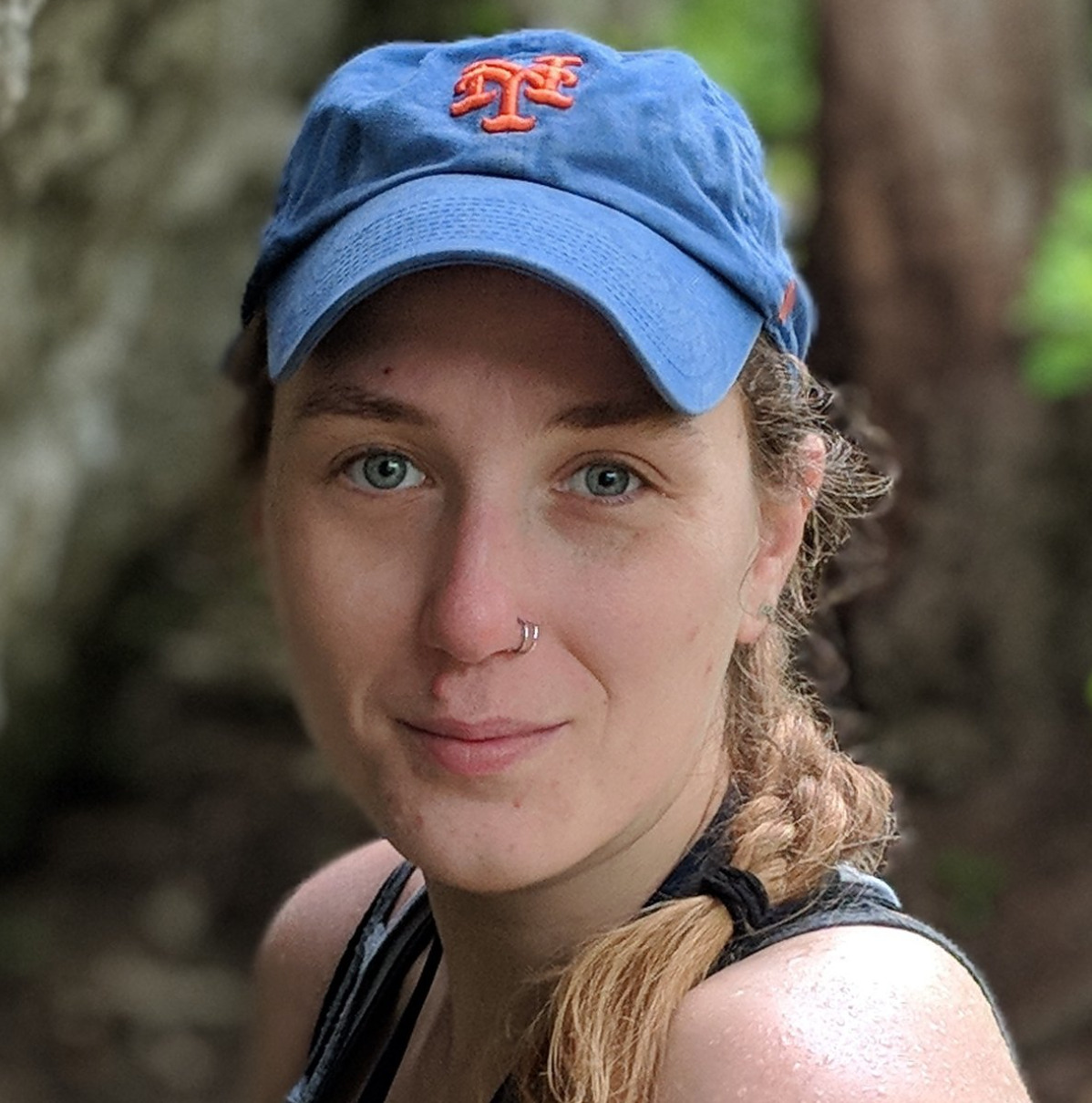City of Water Day: Special Highlights
Interview with Dr. Anna Weiss, Community Science Program manager at Billion Oyster Project, and her team

Dr. Anna Weiss. Photo courtesy of Billion Oyster Project

EAGLE: Could you give a brief overview of activities the Billion Oyster Project was running for City of Water Day?
WEISS: Yes! We were out in Domino Park showing off our oysters that came from North 1st Street, from our oyster research cages. These oysters are really great for people to be able to handle because a lot of people have never seen a live oyster before. Not only do they get to see the oysters, but they also get to see the critters that live on the oysters, the algae, the smaller things like isopods, that you don’t really think about. So they’re getting an opportunity to hold and handle things that you can only imagine, that are under the surface.